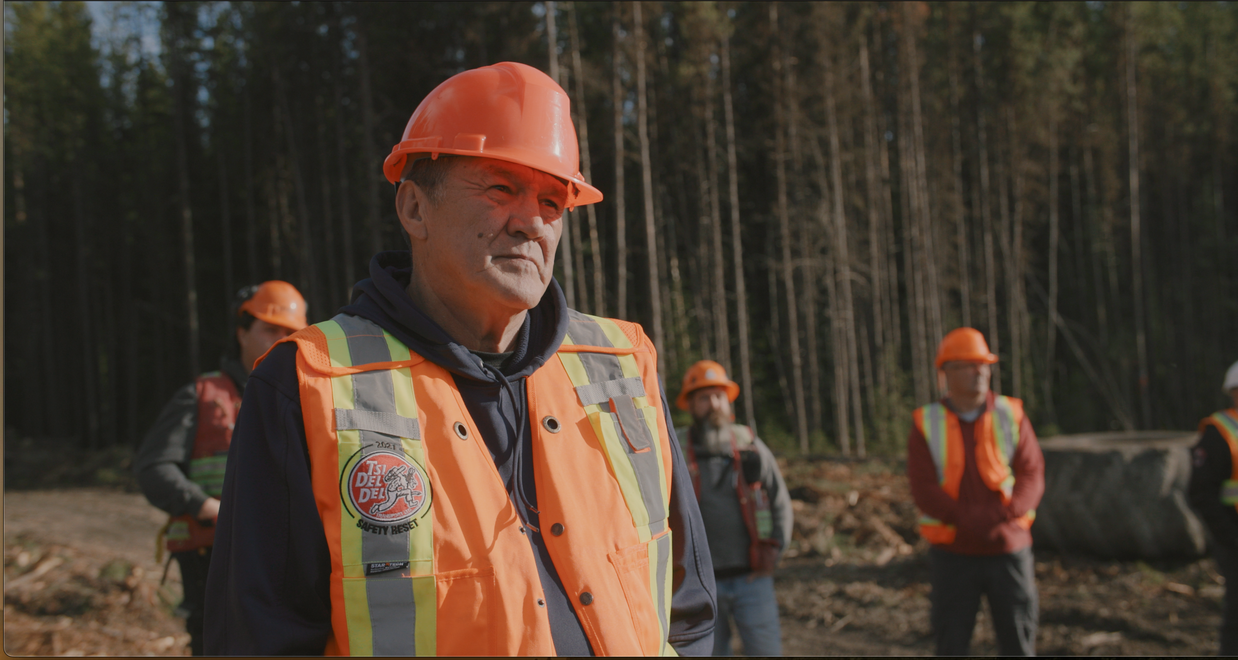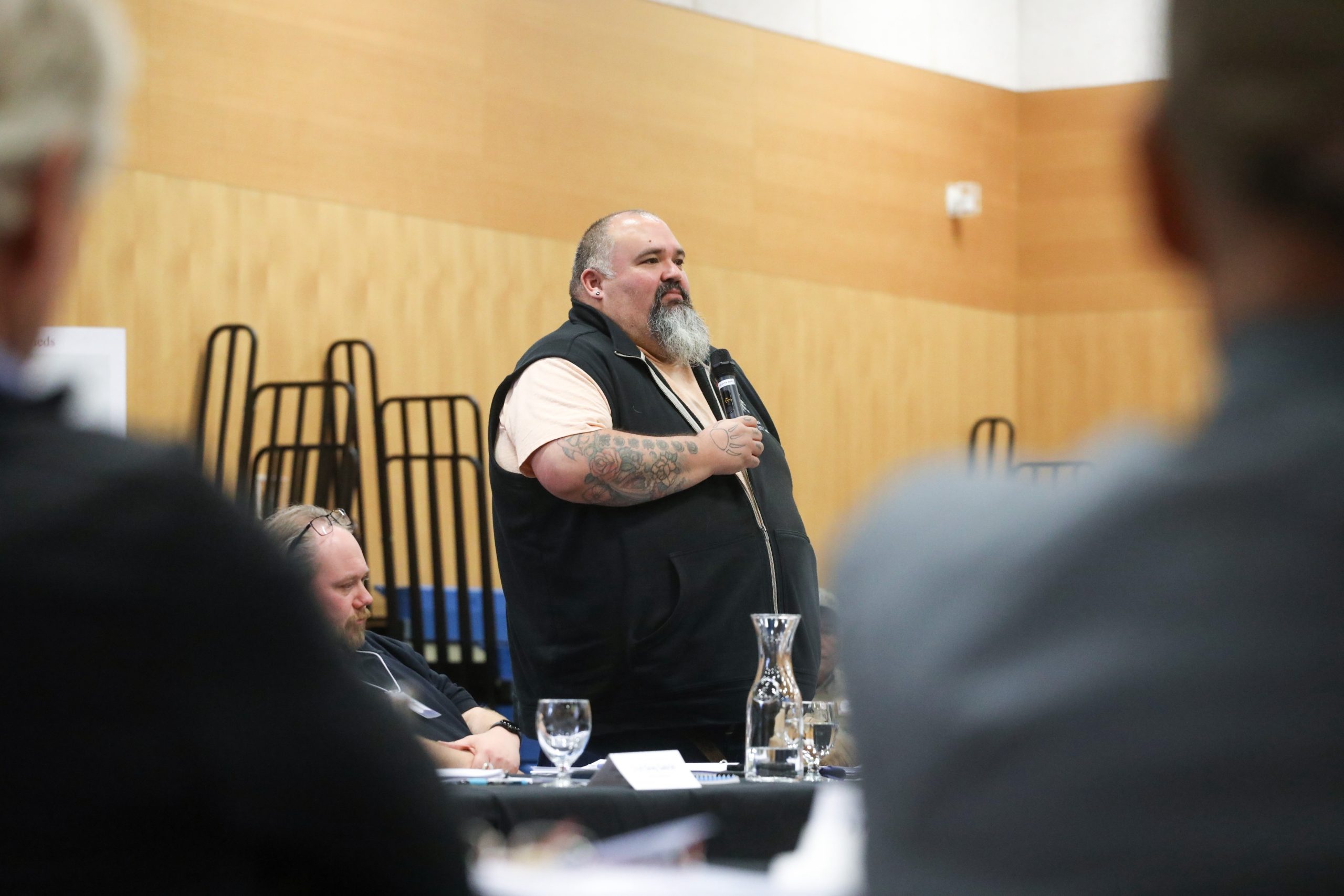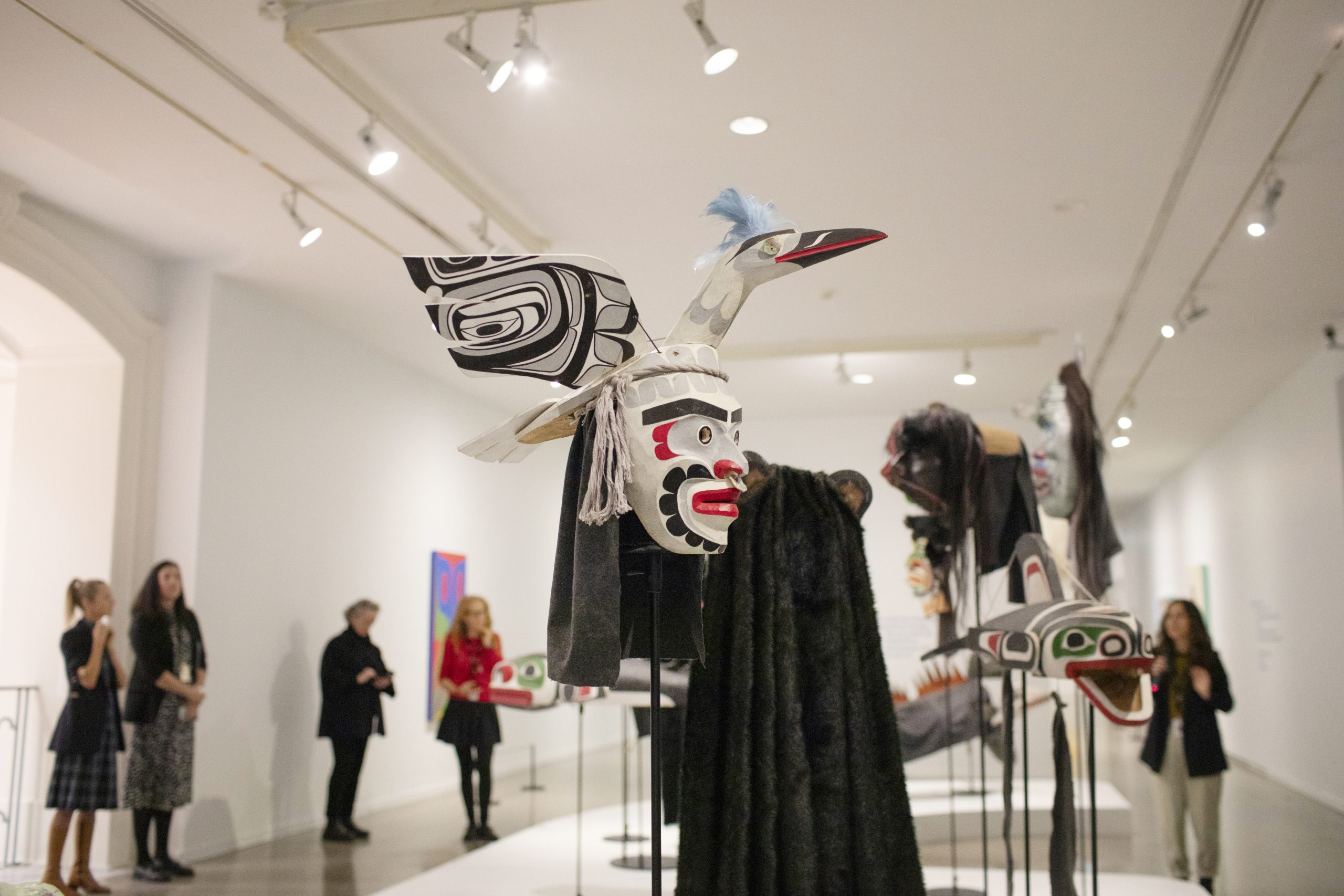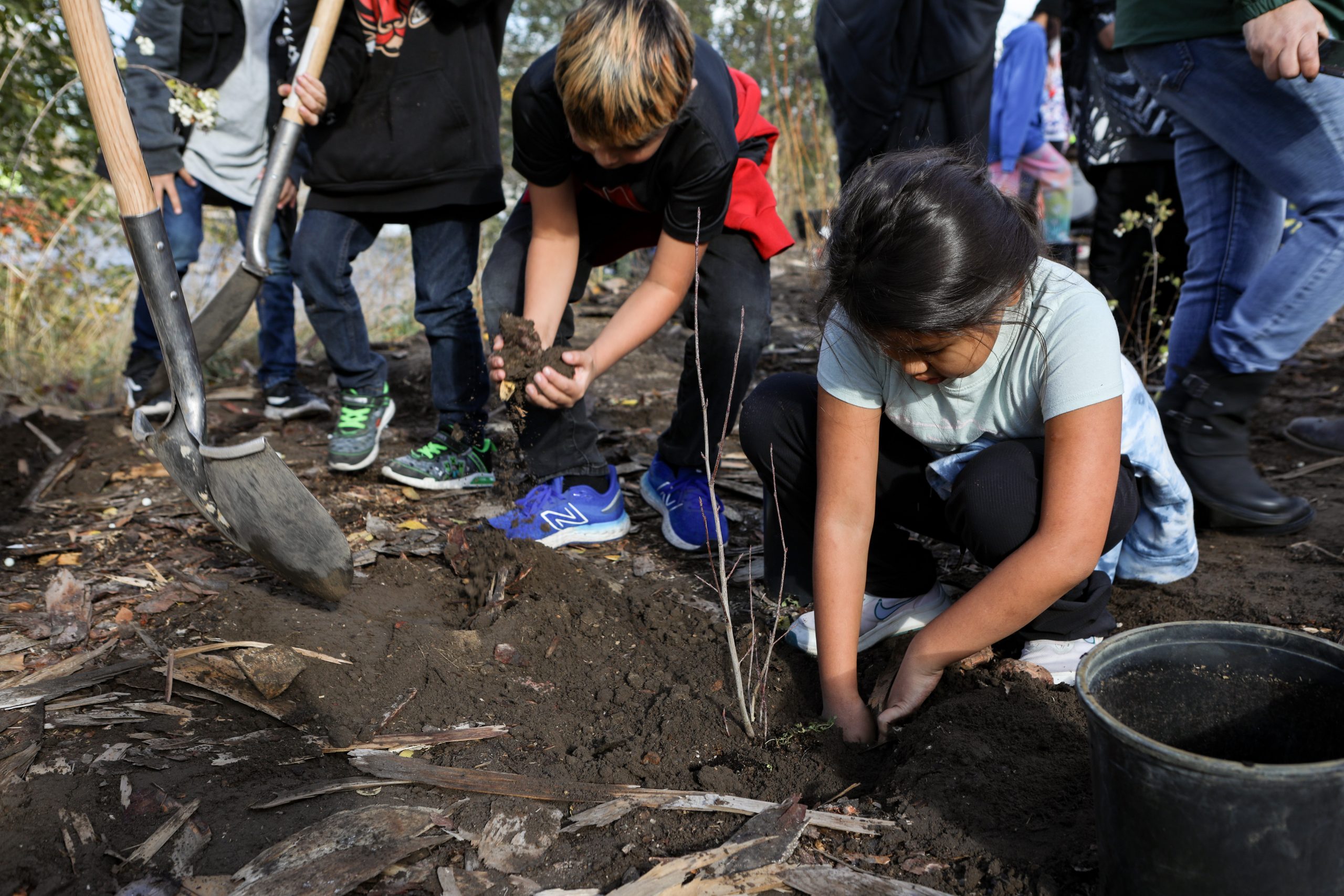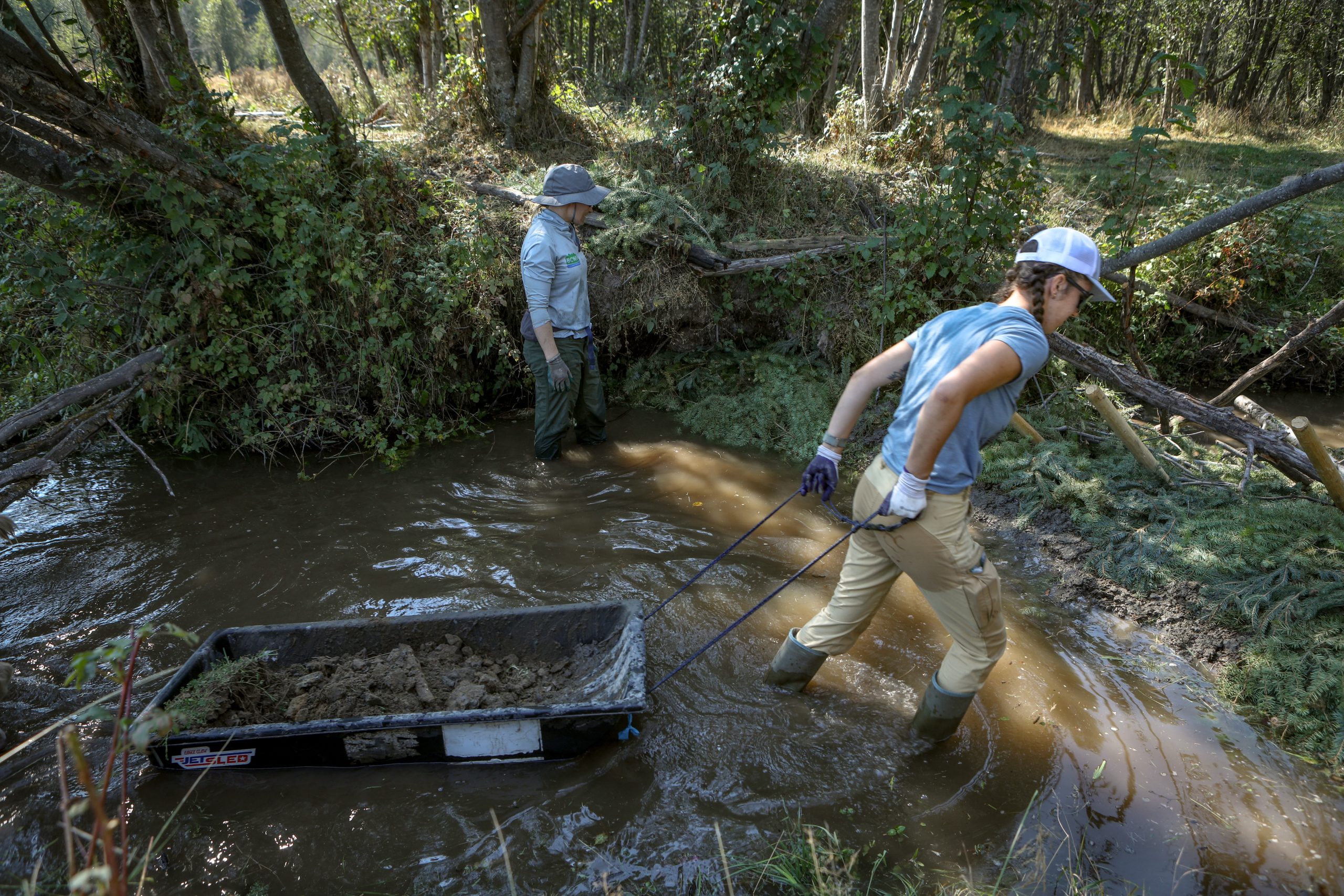Tiny Kwiakah First Nation has big plans for solar-powered science hub on former fish farm
With just 19 members, the ‘Vancouver Island’ community is building a ‘stewardship economy’ based around revitalizing its lands


This story originally appeared in Canada’s National Observer here and is reprinted with minor style edits
The West Coast’s smallest First Nation is taking great strides toward the creation of an innovative stewardship economy that puts sustainability and conservation first.
The Kwiakah First Nation has just 19 members mostly based on “Vancouver Island.” Led by munmuntle (Chief Steven Dick), the community is launching what it calls a “return home” by transforming a former open-net salmon farm into a floating, solar-powered scientific hub anchored in their traditional territory along the wild central coast of “B.C.”
Once completed, the Kwiakah Centre of Excellence will be the base for a dedicated research station, an experimental kelp farm, the First Nation’s regenerative forestry operations, and its Forest Keepers territorial guardian program known, said Kwiakah’s manager and economic development officer Frank Voelker.
The centre marks the first time in nearly 100 years that the community will have a permanent presence in “Phillips Arm,” a remote mainland inlet approximately 52 kilometres north of “Campbell River.” Like many First Nations, the community was displaced from its traditional coastal village sites by colonial invasion in the early 20th century.
When renovations are complete this summer, the floating centre will be based near the Nəts’inux village site at the Kwiakah Matsayno reserve, accessible only by boat.
The First Nation intends to revitalize its lands and waters — much of which were badly damaged by logging and other extractive industries. The community is on the path to building a “stewardship economy” that puts the environment first when it comes to economic development, Voelker said.
After years of hard work, the First Nation successfully established the M̓ac̓inuxʷ Special Forest Management Area (SFMA) last May that covers 7,865 hectares of forested land within the Great Bear Rainforest.
The ninth management area within the wider Great Bear Rainforest conservation area, the Kwiakah SFMA bans logging in favour of regenerative operations aimed at bringing the forest back to its pre-industrial state. The First Nation also intends to expand its protected forest area to 56,000 hectares by purchasing other logging licences in its traditional territory, Voelker added.
The aim is to find a variety of ways to “monetize” and diversify the ecosystem services that preserving or regenerating nature can provide to create an economic ripple effect for coastal jobs and services, he said.

‘Creating funds in a different way’
“We want to be stewards of the land and, yes, we have a guardian program,” he said. “But you have to be able to afford to protect your environment, and that can happen by creating funds in a different way.
“Eventually, revenue will be created by protecting the environment, by conserving forests and by not cutting them.”
The centre will be used to deepen the collaborative research Kwiakah have done on sustainable aquaculture, land stewardship and Indigenous studies, with academic institutions such as the University of British Columbia, University of Victoria, and the University of Calgary.
By combining traditional ecological knowledge with modern research in the “Phillips Arm” estuary and surrounding forests, the initiative aims to develop a 100-year management plan integrating research on climate, salmon, kelp, and soil to protect territorial waters and remaining old growth forests. It will also involve recruiting new forest stands by regenerating mature second-growth areas into biodiverse ecosystems.
In addition to revenue generation from things like forest carbon offsets, the First Nation has acquired small woodlots and will research and quantify the ecological and economic benefits of selective logging as a source of forestry revenue, rather than relying on destructive clear-cut tactics, Voelker added.
The new centre of excellence is expected to create an estimated 12 full-time jobs, as well as seasonal work to start.
Island Coastal Economic Trust has invested $200,000 in the project, through its Capital and Innovation Program, to develop the First Nation’s kelp and seaweed farming initiatives.
The trust works to build a sustainable and resilient coastal economy in reciprocal relationships with First Nations, municipalities, and regional districts across “Vancouver Island” and the “Sunshine Coast,” said CEO Brodie Guy.
The organization looks to explore investment and funding opportunities for communities, First Nations, and industry associations that are innovative and will boost smaller coastal economies, Guy said.
The Kwiakah’s goals and efforts to date are inspiring, he added.
“This really feels like a deeper opportunity to partner with the Kwiakah on something that’s first and foremost an economic opportunity,” Guy said. “But it also has many facets to it in terms of establishing their presence, leadership, stewardship and innovation.
“There are a number of threads here that are just so exciting for the North Island economy and certainly for the membership of the nation.”
Author
Latest Stories
-
‘Bring her home’: How Buffalo Woman was identified as Ashlee Shingoose
The Anishininew mother as been missing since 2022 — now, her family is one step closer to bringing her home as the Province of Manitoba vows to search for her
-
‘We all share the same goals’: Tŝilhqot’in and syilx foresters learn from each other
Nk’Mip Forestry and Central Chilcotin Rehabilitation visit their respective territories, sharing knowledge and best practices
-
IndigiNews is hiring for two new positions
We’re looking for an Operations Manager and Audience Engagement Editor to join our team



